7 Things to Consider with Home Equity Loans
By Paul Mulligan, Senior Vice President
There are many situations homeowners may require an influx of cash. If they’ve built up equity in their homes (if the home is worth more than what they owe on it) a home equity loan may be an attractive option. While a home equity loan may seem like a great idea, depending on how you plan on using the cash could determine whether it’s the best option for your needs. Here are several things to consider if you’re thinking about taking out a home equity loan.
Understand the risk – With a home equity loan, you’re putting your home up as collateral. This means that, if you default on the loan, your lender can take your home to satisfy the debt. For instance, taking out a home equity loan to pay off unsecured debt, like high-interest credit cards, may seem like a good idea – and it may be, if you’re able to make your payments. But, if something happens and you’re unable to satisfy your loan terms, you may end up in a worse situation than just having credit card debt.
Repayment strategy – Make sure you have a reasonable repayment plan in place. If you’re planning on using variable cash flows – like raises, commissions, or bonuses – make sure you have a backup plan in case your cash influx is smaller than expected. It may help to create a detailed table with monthly income and expenses, including discretionary spending that might need to be limited in order to be able to pay off a loan.
Total loan cost – Always make sure you are fully aware of the total cost of your loan, including interest payments, closing costs, loan insurance, prepayment or other penalties, variable payments or interest rates, and any other hidden fees or costs that might impact your total loan cost or your ability to pay it off. Knowing how much the loan will cost you will impact your decisions.
Tax implications – One of the benefits of home equity loans is their status as tax deductable interest. But, the Tax Cut and Jobs Act of 2017 applies new restrictions to when home equity loan interest can be claimed as a deduction. More specifically, under the new regulations, interest on loans used to significantly purchase, build, or renovate a home may be tax deductible, whereas non-property-related uses of loans are not. (Contact your tax advisor for specifics.)
Plan ahead – Regardless of what you’re planning on using your home’s equity to fund, give yourself plenty of time. While good candidates may have a fairly easy time getting a home equity loan, it’s not as simple as pulling up to an ATM and withdrawing cash. While emergency situations may arise, give yourself as much time as possible to get a loan approved. Lenders will run credit checks and may require home appraisals, creating a delay between your initial loan application and when funds are made available to you.
Consider your options – Technically, borrowers may use the funds for whatever they need them for, but it’s worth considering all the options depending on your needs. Home improvements tend to be looked at as a high-value loan because you’re actually increasing what your home is worth. Many people look at home equity loans as a way of paying for their children’s college tuitions, new vehicles, medical bills, consolidating debt, or other expenses. Consider your options for any of your needs; your bank might have different loan products that are better suited for different needs.
Regardless of your needs, make sure you consult a loan specialist before making a decision that will impact your finances and life for years to come. The Milford Bank has consultants ready to answer your questions and discuss the best loan options for your unique financial needs.


